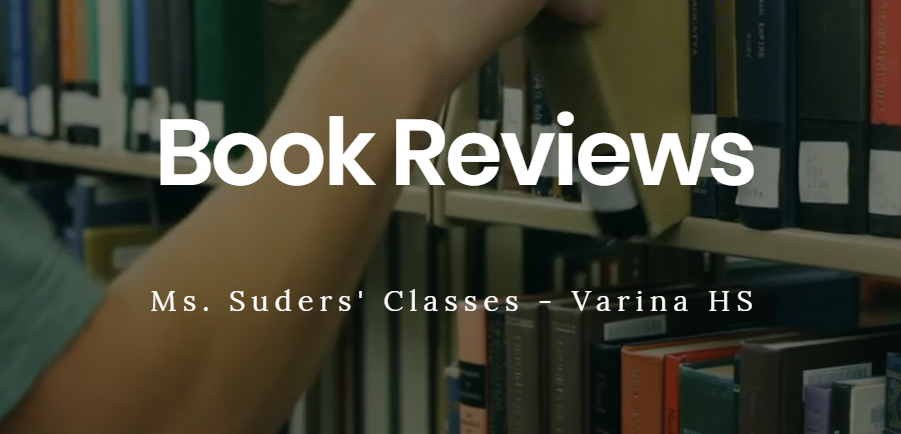Submitted by: J. Harvey Stone
School: Glen Allen High School
Summary
In this lesson, student groups (3-4 per group) work collaboratively to understand elements of the 1920s culture. They accomplished this by moving through 6 different “stations” that covered the following topics/tasks:
- 4 icon challenge: assessment of prior knowledge
- Jazz music: understanding the roots of jazz and influences on 1920s
- Headlines: researching headlines from the 1920s to gain knowledge & practice advanced search strategies
- Education: identify/understand terms related to the Scopes Trial
- Literature: uncover cultural clues in 2 exerpts from “The Great Gatsby”
- Individual research: time dedicated to research chosen topic for “This I Believe” project
At the end of each rotation, students were asked to reflect on their experience at the station using an online dot voting tool or a class blog. The reflection tool that was used at each station was specific to the topic that was studied.
Click here to go to the instructional site used in this lesson. Site includes directions for students and links to media, blog, & assessment tools.
This lesson serves as an introduction to their “This I Believe” project based on the popular PBS series. Click here to view “This I Believe” project details.
TIPC Ratings
Approaching: Prior to this lesson, students were taught how to use advanced search strategies and given strategies for evaluating the accuracy and appropriateness of a website. Students were asked (in multiple stations) to use these strategies while researching specific topics. Teacher designed the stations to specifically allow students to practice these techniques and synthesize the information acquired. Visual representations (posters) of the advanced search concepts and process for evaluating sites were set up at the headlines station to serve as a guide.
Ideal/Target: Students worked their way though all of the stations in collaborative groups. Prior to the lesson, norms for collaborative work were developed by the students in the class. These norms are posted in the room to serve as a reminder of how students should work in groups. Teacher also reminded students of their group norms throughout the lesson. Groups were selected by students and the tools that were used to communicate the knowledge gained allowed for continued conversation. Since students have been added as authors to the class blog, they were able to post their findings to the blog. They were also asked to reflect at each station using an online dot voting tool. The teacher used the results to guide his instruction.
Ideal/Target: In Station 1, students had to pick 4 icons that they felt best represented the 1920s era. They then had to explain to the teacher why those 4 were chosen and how they relate to the prior learning. Each of the other stations required students to think about their critical thinking strategies. In some stations, they had to summarize, in others they had to recognize themes and understand cultural clues. At the end of each station, students were asked to reflect on the specific topic and assess their learning. In some stations, they used an online dot voting tool that had specific likert scales based on the station topic. In other stations, they contributed their thoughts to a blog to share with the entire class.
Ideal/Target: During this lesson, the teacher modeled strategic risk taking and creativity through the variety of stations that were created. Because of this variety, various student learning styles were addressed. Students created blog posts, iconic representations of the 1920s, and began to create their script for a “This I believe” podcast. The teacher helped to facilitate this experience by giving students the necessary foundation for the lesson (establishing group norms, advanced search techniques, class blog).




